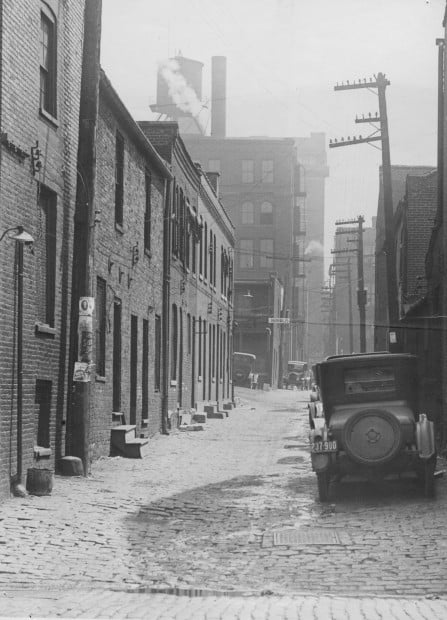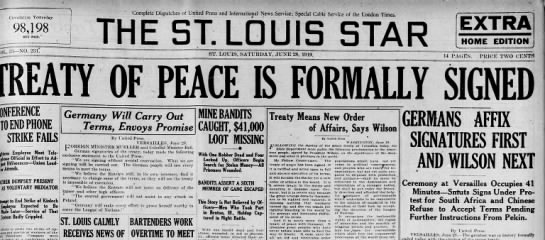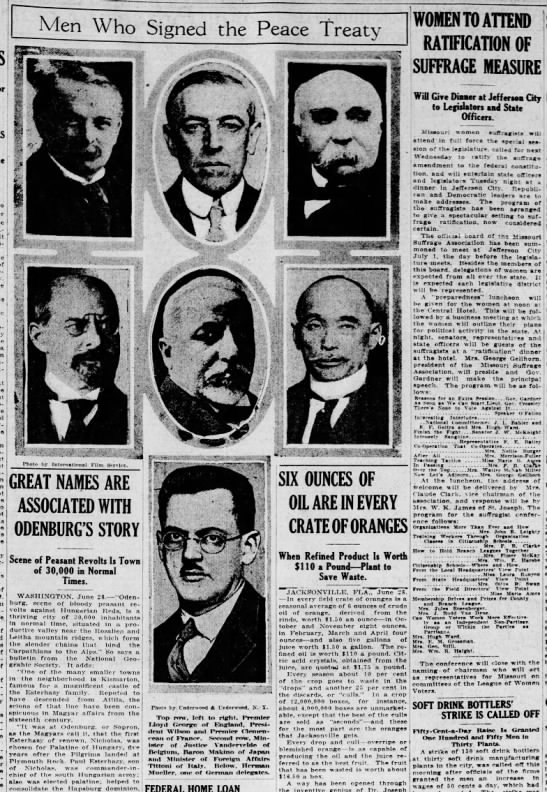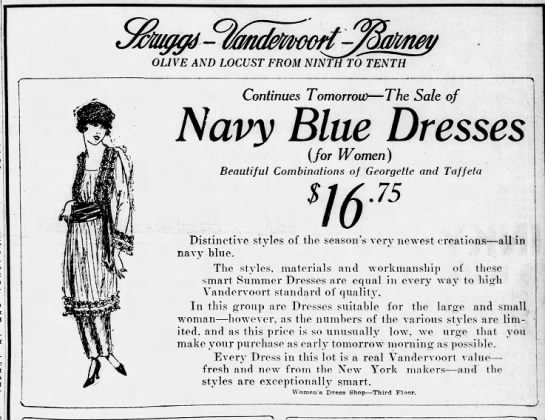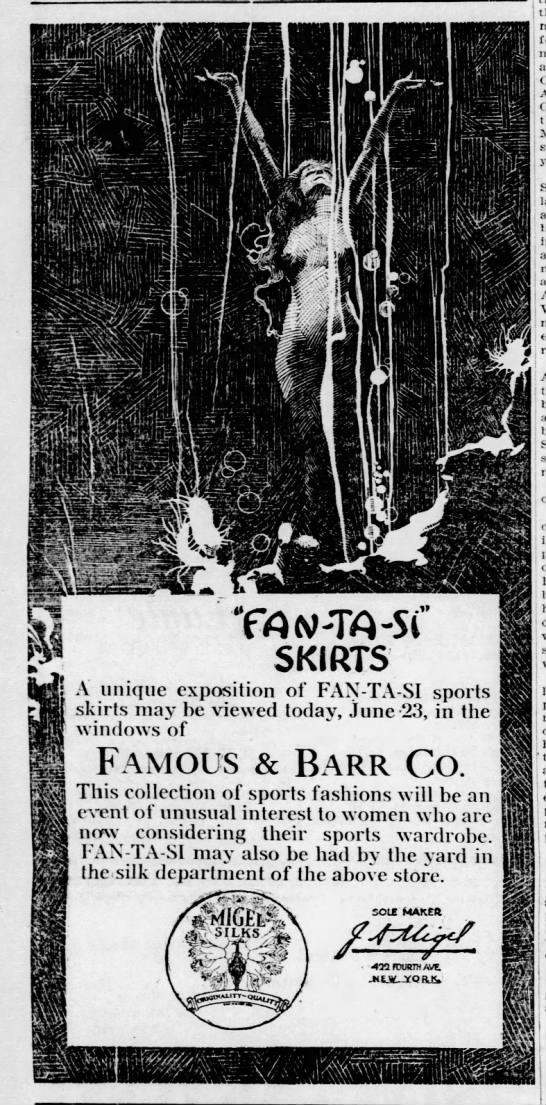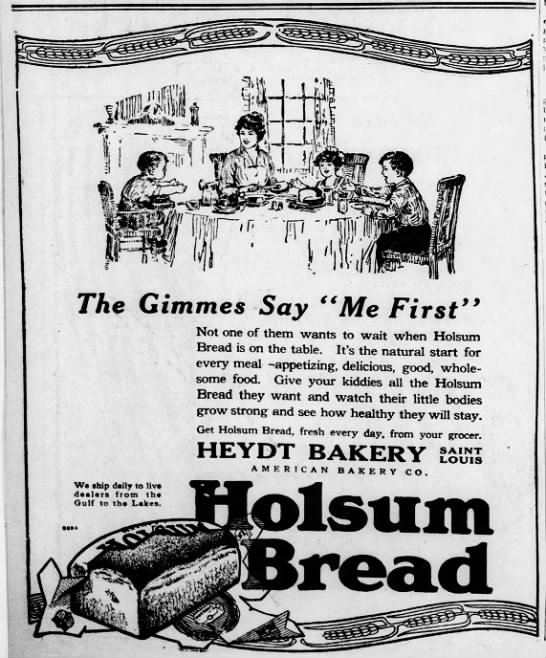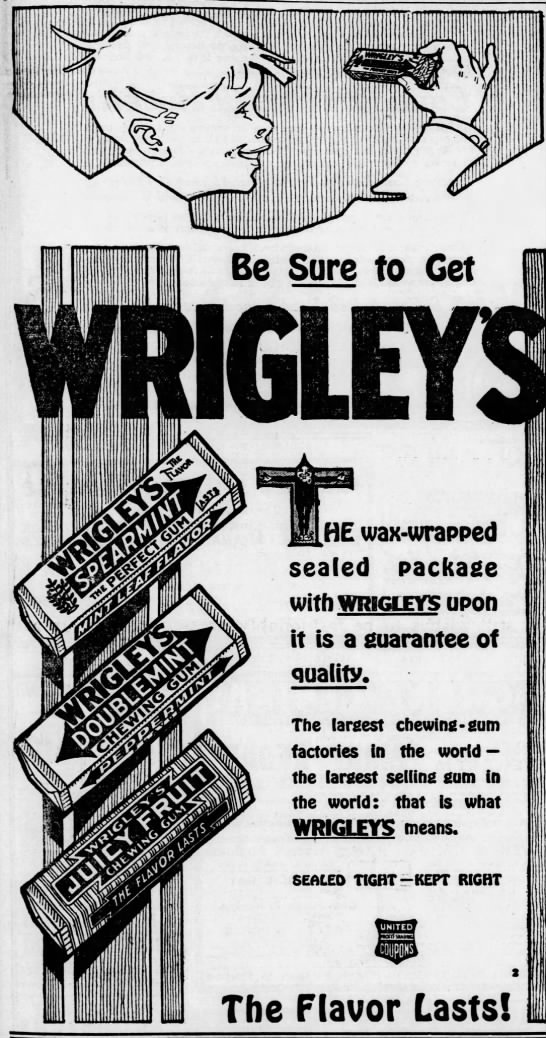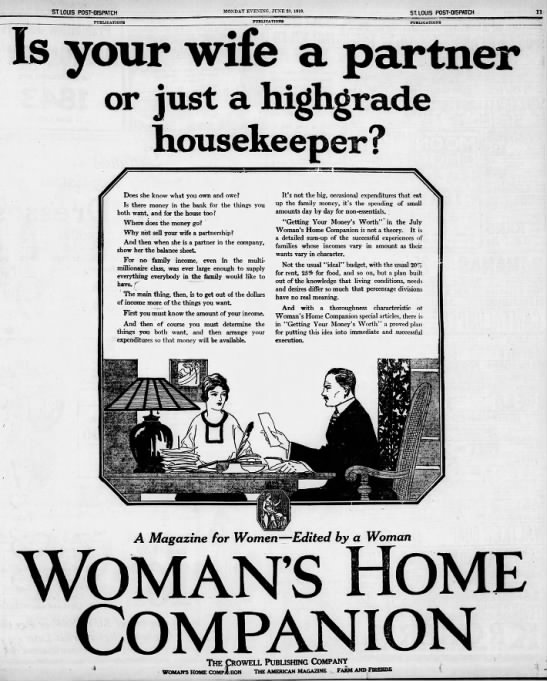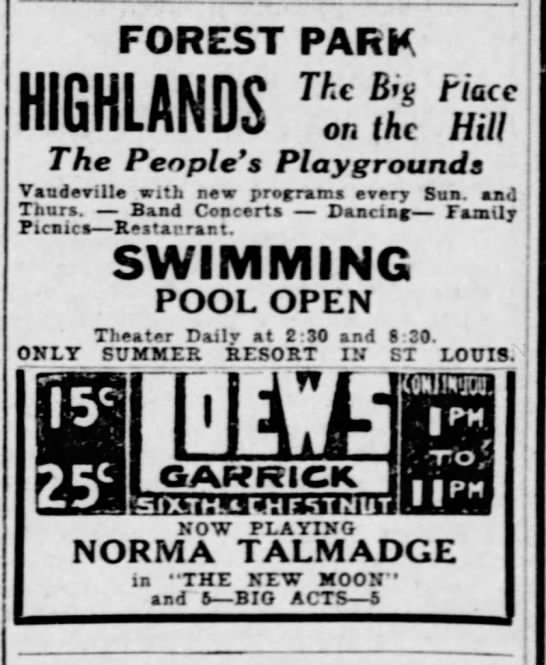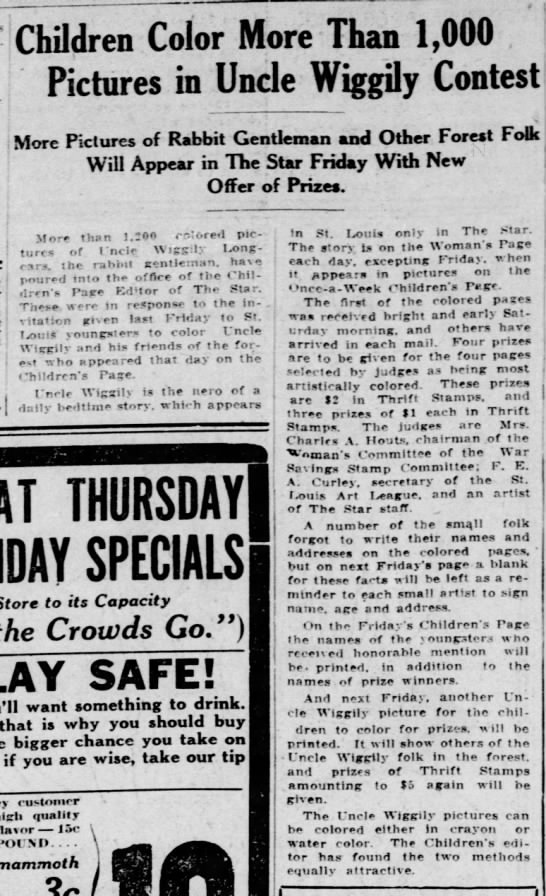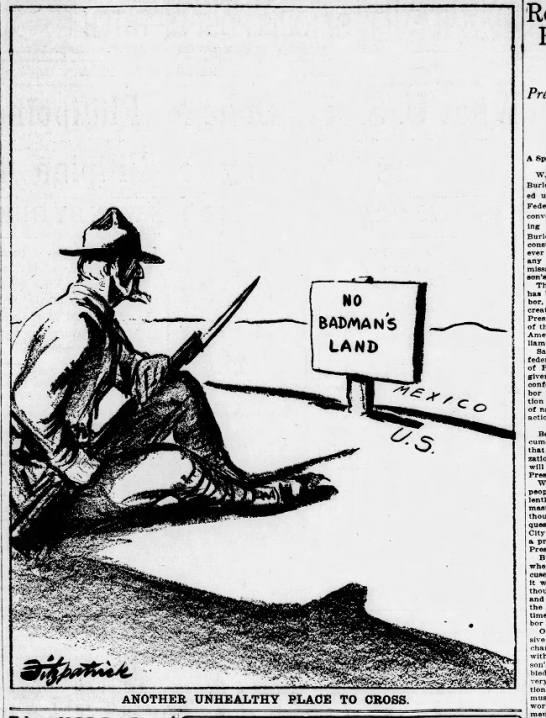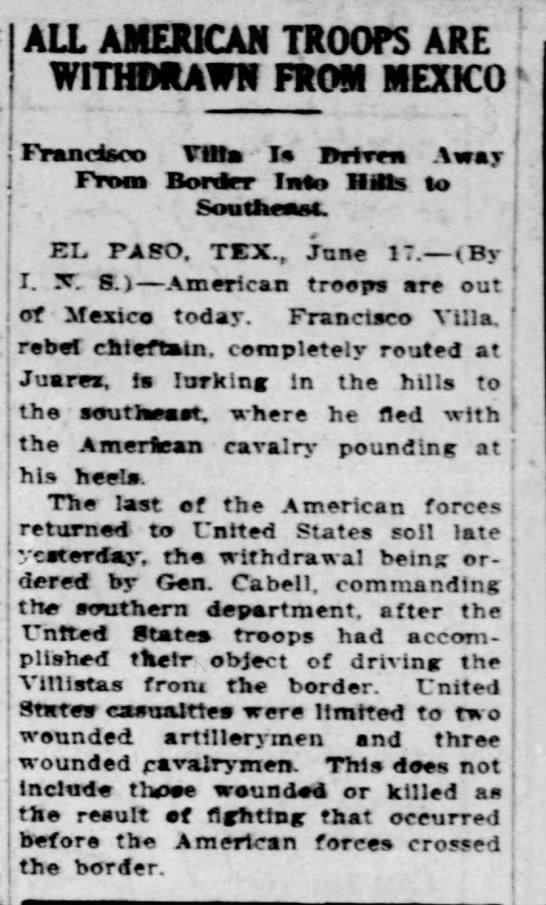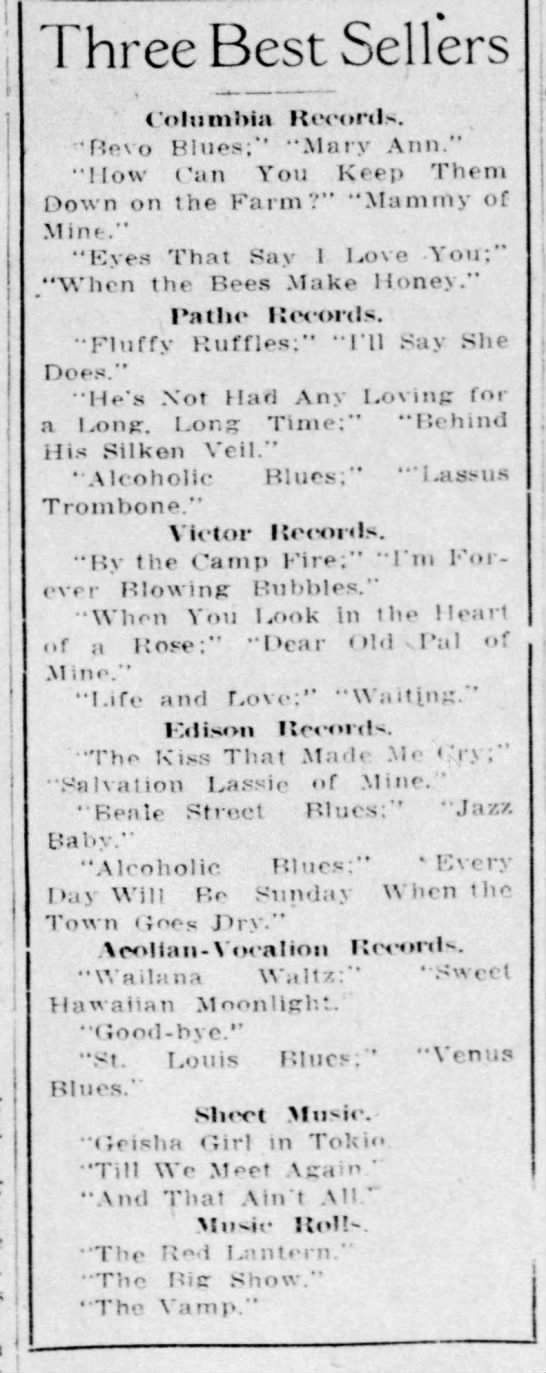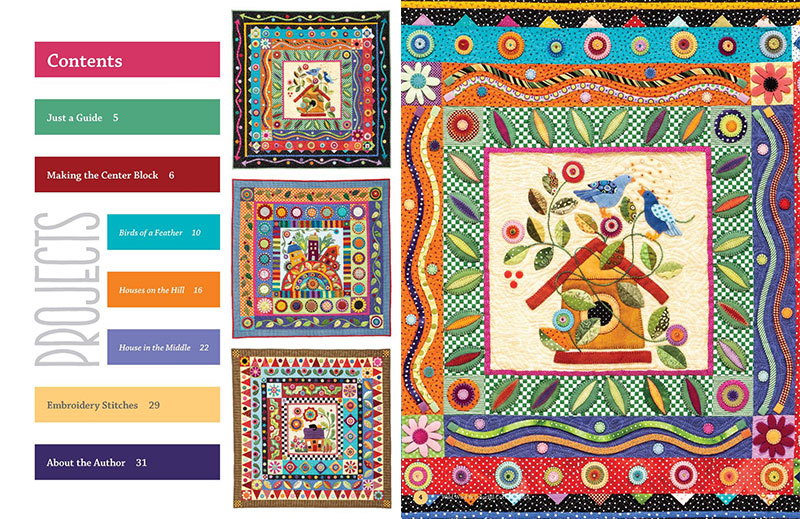The Poos Collection is one of the largest privately held quilt collections in the world with a concentration on pre-1860 quilts from American, Britain, and France.
 |
| Baltimore Album Quilt with Rose Border, American, 1848 |
- Album Quilts
- Wool Quilts
- Birds of a Feather
- Starstruck
- Paper-pieced Quilts
- Red and Green Quilts
- Chintz Coverlets and Quilts
- White Wholecloth Quilts
 |
| Crewel Curtains Quilt, English, c. 1750s |
Early quilts often repurposed textiles. Chintz was a glazed fabric made in India with woodblock printed or painted images. Europeans used the fabric for home decor and clothing. Early Chintz quilts had little piecing, using the fabric whole. Later the naturalistic motifs were cut out and hand appliqued to a plain background. Crewelwork drapes, quilted petticoats, and other textiles were also cut up to make quilts.
 |
| Thrush Family Crewel Quilt, English, 1810 |
Pictorial applique quilts often include images important to the quilter, her historical setting, and contemporaneous historical events. These quilts are not only a thing of beauty but also offer insight into other times.
The Veray Settlement Table Cover, c. 1820, includes intarsia, applique, and embroidery on wool to depict the history of the settlement. Intarsia is one of the earliest techniques found in pieced textiles. Over ten pages, each panel is reproduced and the image's representation explained.
The Sarah B. Dales Damascus Mission Quilt, American, 1854, consists of blocks with beautifully inked drawings and names, sew together 'pot holder' method. In this method, individual bocks were layered, quilted, and bound off, then sewn together to form the quilt. The presentation quilt was given to Miss Dales before leaving to be a missionary teacher in Damascus.
Wholecloth Quilting is the oldest style, dating to the 13th c. Sometimes the quilt top was made of printed fabrics. Most are white with white quilting, sometimes with stuffing between the stitches to raise quilted motifs, called trapunto. Photographing these quilts is problematic as it is hard to show the elaborate stitching. The images in this book are excellent. I appreciated the use of backlighting to better show quilt details.
The Applique Gone Wild Coverlet, English, c. 1825, combines applique motifs with pieced blocks and cut-out chintz motifs.
In the 1820s English Medallion style quilts had layers of pieced blocks and squares, triangles, and rectangles of fabrics.
English Paper Piecing is one of the oldest quilt methods Fabric is sewn around a paper template and the shapes stitched together. The technique is in revival with contemporary quilters. I was very inspired by the fussy-cutting use of printed fabric motifs in the Lewis Family Hexagon Quilt, American, 1825-1850.
 |
| Hexagon Diamonds Quilt, American 1850 is a paper pieced quilt |
The Rose Sampler Quilt, American, 1860, has an improvisational quality and a personality all it's own. The medallion-type setting is off center, the outer border bud motifs are each different. It is a quilt that brings joy to the viewer.
I thank the collectors and authors Lori Lee Triplett and Kay Triplett for sharing their amazing collection through this book. Follow their blog Quilt & Textile Collections at https://www.quiltandtextilecollections.com/blog
This is a 'must' for your personal quilt history collection!
I was given access to a free ebook by the publisher in exchange for a fair and unbiased review.
Hidden Treasures, Quilts from 1600 to 1860: Rarely Seen Pre–Civil War Textiles from the Poos Collection
Lori Lee Triplett and Kay Triplett
Available on July 1, 2019
Book ( $39.95 ) eBook ( $31.99 )
ISBN: 978-1-61745-807-1
(eISBN: 978-1-61745-808-8)
















